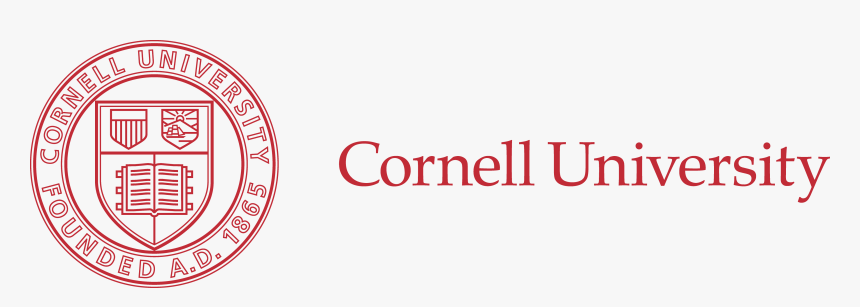For the Expert Voices interview, I reached out to a UX researcher at Cornell. As I personally am interested in the research path of UX I wanted to know how the work of a person in the research world looks like, what are the challenges and what methodologies they use. Here is how my conversation with Mahima Rao, UX researcher at Cornell, went:
What do you do as a UX Researcher at Cornell?
Currently I am doing Literature review about conversation AI and designing for conversation AI. I work at the intersection of HCI and AI and I’m interested in designing such intelligent user interfaces as well as making them accessible. Right now what I’m focusing on is what it takes to design intelligent accessible conversation AI and there’s already a lot of research in it, so I’m working with that research conducting literature review and understanding what the current and prior research is about and building on top of that.
What are the objectives of your work?
My objective was to understand the problem space. I started from a clean slate. I started with a couple of ideas of which problems I wanted to venture into and I started with ten problems that sounded interesting. I thought conversation AI and accessibility for blind users was interesting, the other venue was understanding metaphors and understanding how AI is explained to users. So, I had multiple ideas and worked with my team to understand the landscape so we understood what are the potential opportunities, what exists out there, what prior research has been conducted and through that we honed in on this problem space of conversation AI and how to make it more universal, more accessible.
The next one was, after we reduced the scope to a particular problem space, we conducted an extensive literature review, that’s where I’m at now.
Can you spot a challenge of doing your work during a pandemic?
The challenge for us specifically is that we are not testing a product, rather we are still in the phase of trying to understand the problem. In regards to our target population -users with disabilities- it is challenging reaching out to them, and understanding if they would feel comfortable doing interviews via video calls.
What are other challenges in your work?
As a researcher, putting aside your biases and preconceived notions and actually going by the data, the insights, observations, and the research other people have done is a challenge.
Another challenge is the amount of literature existent that can make one lose sight of the question or the goal of one’s research. It is important to understand each literature you mention and what role it plays in getting your point across, what insights you are drawing from it to lead you to your conclusion.
How do you and your team measure success?
Our success metric is if we can have a good picture of what is out there and identify certain under-explored regions. Another success metric is the assessment of how much the research we put out there is helping other researchers gain knowledge about something in particular or mapping a roadmap for other researchers to contribute further in this area.
Since we are not building a product and testing it we don’t have metrics as such, rather we have a set of research questions and the ability to answer those research questions is the success metric.
How do you make decisions in your team?
We have weekly meetings, and the process is very transparent. We bounce ideas off each other. If there is something that is important I communicate and we organize our weekly goals and monthly goals. We have an organized google drive. We balance out our research goals, what do we want to get out of a particular task, as well as the feasibility. We analyze what other people have done, what has been tested, what has been widely accepted and based on that we figure what is still underways, which areas are unexplored.
Would you say the purpose of your research is purely academic, rather than industry oriented?
Yes, it is the first step to building something. In the future if someone wants to build a product, our research lays the foundation for it. This is the preliminary analysis of the landscape and where we can identify certain opportunity spaces and then move from there.
So, currently you are not doing research with a particular product in mind…
You are right. What I am actually interested in doing is to provide guidelines so other people can build it. Is not only about solving a problem. Instead of being solution oriented, we are looking at a bigger picture where we are trying to provide guidelines about how you could design products in this area, what to keep in mind. A big part of working at the intersection of HCI and AI is the lack of guidelines, tools or frameworks that currently exist. But through our research, we can build these frameworks, which can help other people build products in the area.
I feel most of the guidelines come from industry putting out products, trying if it works and iterating on that, would you agree with that?
Yes, industry has the resources to do it. But industry and academia go hand in hand. I personally have conducted research about conversation AI, and it is important to keep that in mind that the research I do, and the research other researchers do is being implemented by big companies in such devices. However, when it comes to guidelines the companies have their own guidelines and each company has its own guidelines. Nevertheless, at the root of it we need to understand how to build it, and there is where we come into the picture.
